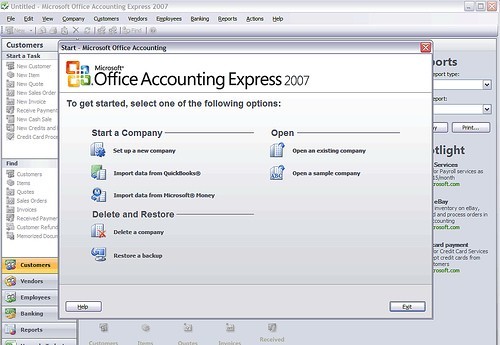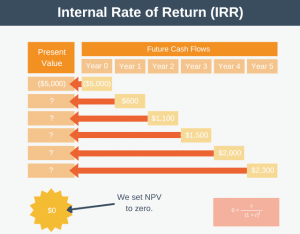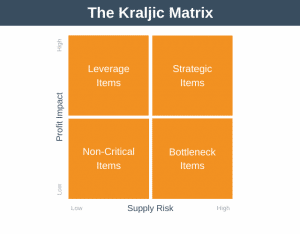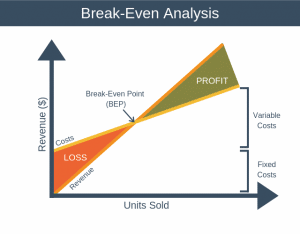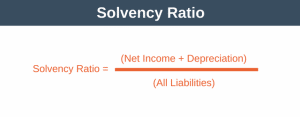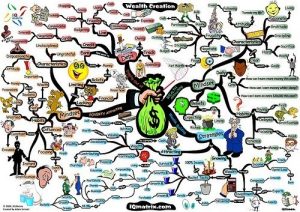Before the advent of the computer, bookkeeping was done by actual bookkeepers. The bookkeeper would record every financial transaction the company made in a journal. The transaction didn’t just need to be entered into the journal but also copied to other ledgers, for example, the company’s general ledger.
I can’t imagine the time before handy software for book keeping. It seems obvious that with all the manual entry and cross-entry that there would have been many more errors than occur when using software based bookkeeping packages.
A simple example of how accounting software reduces errors is by not accepting entries that do not balance, that is, the debit amount entered does not equal the credit amount entered (investigate double-entry bookkeeping if this doesn’t make sense to you). In addition to this, different books can be updated automatically, further reducing the possibility for error. These computer checks make bookkeeping both faster and more accurate.
Prior to the advent of computers, to ensure accounts were in balance, a Trial Balance document was used. If this internal document revealed that the accounts were not balanced then the bookkeeper had to undertake the arduous task of going through the books transaction by transaction until they found the root cause of the disparity, and the Trial Balance document showed that the accounts were again balanced.
At regular intervals, and when the books considered to be in order (balanced), the books would be passed on to the company accountant. It was the company accountant’s job to prepare the books into accounts and financial statement and provide them to the appropropriate authorities.
You can think of bookkeeping as being simply the actual recording of transactions. It’s not glamorous but it is nevertheless a necessary and essential part of accounting. The word bookkeeping obviously derives from the fact that before the introduction of bookkeeping software, actual physical books were used.
